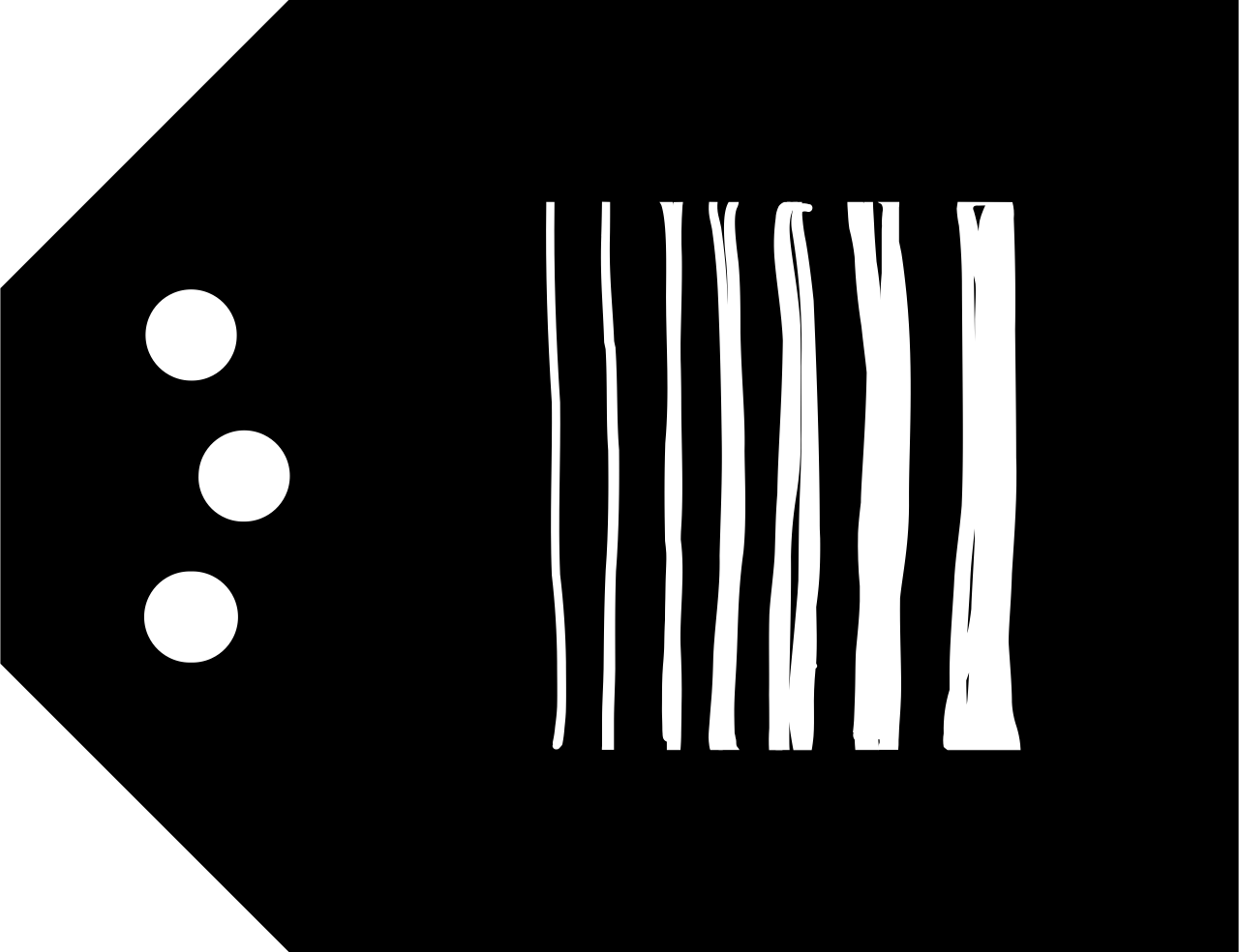
Tohu BC

BC Whakaaetanga Whakamana Kore (BC WWK)
He aha tēnei Tohu BC e whakamahia ai e koe?
Kāore tēnei rawa i whakamanatia e ngā hapori. Ko ētahi take i whakahēngia ai, ko te korenga i āta arohaehaetia, kua kitea rānei he hapa, he mahuetanga kōrero, he reo whakahāwea, he korenga i whai tautoko, he tinihanga rānei ngā tukanga, kīhai i whāia ngā tikanga ā-hapori.
TK He Kupu Tauira
Mēnā ka whakamahia tēnei tohu, kua kitea ētahi āwangawanga mō te tōtika, ngā whakatau hoki/rānei ki tēnei rawa. Kīhai tēnei rawa i hangā mā roto i tētahi whakaae whai whakaaro, i ngā tikanga ā-hapori rānei mō te rangahau.











